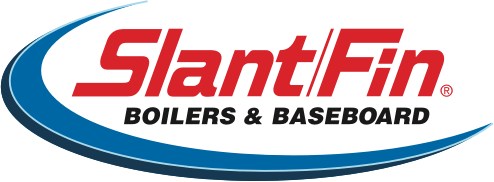 Gloves. Sweaters. Hats. Thermal Underwear. All of us know how to keep our bodies warm and comfortable in cold weather. Most understand they have to prepare their cars for the upcoming season as well, with everything from snow tires to new antifreeze. But, as winter quickly approaches, many people aren’t aware of what needs to be done to ensure that their homes are able to provide maximum comfort…and do it with the greatest cost-efficiency.
Gloves. Sweaters. Hats. Thermal Underwear. All of us know how to keep our bodies warm and comfortable in cold weather. Most understand they have to prepare their cars for the upcoming season as well, with everything from snow tires to new antifreeze. But, as winter quickly approaches, many people aren’t aware of what needs to be done to ensure that their homes are able to provide maximum comfort…and do it with the greatest cost-efficiency.
Just like a car, houses need a periodic tune-up, so this is a good place to start. This year, it’s especially important in the northeastern U.S., in light of the earthquake that rattled the region a few months ago. It’s possible that chimneys, ventilation pipes, and electrical connections experienced damage that the average homeowner can’t see, but can hurt his or her family and budget.
We cannot emphasize enough, that a licensed contractor or heating professional should perform any home heating system inspection. Not only can a homeowner overlook or miss a potential problem, it can be dangerous. Furthermore, a professional will advise whether a heating system is operating at peak efficiency. Nevertheless, there are several things that don’t require a professional which can help everyone maximize their living comfort while minimizing the expense of winter heating.
“There are generally simple tasks practically anyone can do,” states Joe Coppola, Boiler Marketing Manager at Slant/Fin. “These simple tasks are not meant to serve as alternatives to a professional inspection, but as a precursor or addition to bringing in an expert. I can’t stress enough how much can be gained with just a little time and effort: greater safety, increased comfort, and considerable energy savings, not to mention peace-of-mind.”
The first thing to do is look around the furnace or boiler, ventilation pipes, and as best as possible, the chimney for any obvious signs of damage. Check for soot or water around pipes and vents. Just as important, remove any clutter from around all heating units to prevent potentially dangerous situations. In addition, these other preventative steps should be taken:
- Seal up any air leaks around doors and windows but make sure there is adequate ventilation for proper combustion of the boiler or furnace. Ask your heating professional.
- Check the wall and attic insulation, and if needed, replace it with newer, greener options for greater comfort and savings.
- Install a programmable thermostat. They cost between $25-$100, but can cut down significant energy use at night and when no one’s home, saving as much as $180 annually according to Energy Star research. Additionally, an outdoor reset control can also save you on heating costs. Ask your heating professional.
- Get a professional home heating audit – Depending on the results, it might be worth thinking about replacing an old or inefficient furnace/boiler system, especially if it’s over 15 years old. Visit www.slantfin.com to learn about Slant/Fin’s high efficiency boilers and baseboard.
- Install and maintain smoke/carbon monoxide detectors. They should be tested monthly, and batteries replaced at least once a year.
“At Slant/Fin, we want everyone to be as safe and warm as possible this winter, and urge you to follow these important guidelines for optimizing your home’s heating system performance,” adds Coppola. “Remember…any problems uncovered now are ones that won’t have to be dealt with in January or February, when it can be more costly and far more inconvenient. A home check-up before the real cold weather sets in, is the hottest move one can make.”
More information on optimum winter home heating is available at www.energystar.gov.

